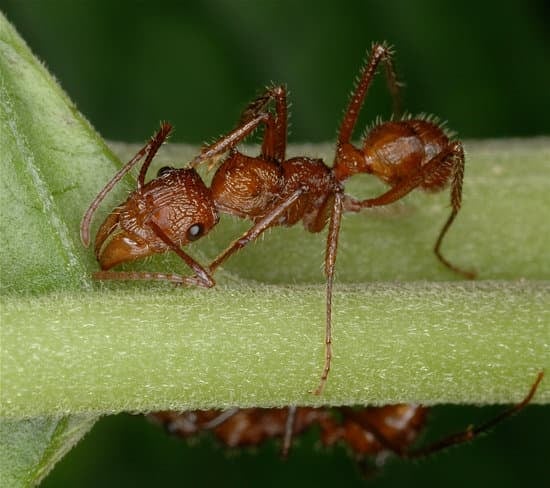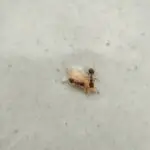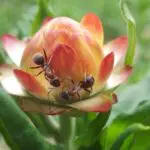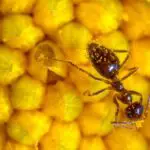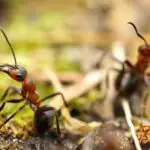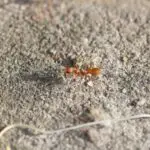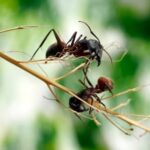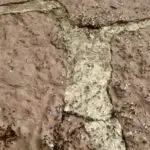Which Seeds Do Ants Eat?
Several researchers have investigated the relationship between ants and seeds. Some ants collect the seeds, and others move them away from the parent plant. The two species may benefit from this mutualistic relationship.
A study conducted by researchers at the University of California, Riverside, examined the seed preference of harvester ants. Harvester ants collect seeds from a wide variety of plants. The researchers tested the ants’ preferences with four different species of seed. The harvester ants collected the seeds and carried them to the colony. Then the adult ants dispersed the seeds.
Harvester ants are hardworking seed collectors. In addition to collecting seeds, they also transport seeds to sites rich in nutrients. The ants also carry water back to the colony. The ants leave a scent trail, called pheromones, to attract other ants.
Ants have large appetites for food. They are attracted to fats, protein, and grease. They also are attracted to plants that produce an extra structure on the seed. Some seeds have caps that contain proteins or chemicals.
Some ants, such as Veromessor pergandei, collect seeds from a wide variety of plants. Their workers are specialized in collecting the larger seeds from grasses.
The researchers also investigated the preference of harvester ants for seeds from non-native species. They found that the ants were attracted to filaree seeds. Filaree seeds have a brist-like exterior that adheres strongly to the vegetation nearby. They are very difficult for the ants to carry.
